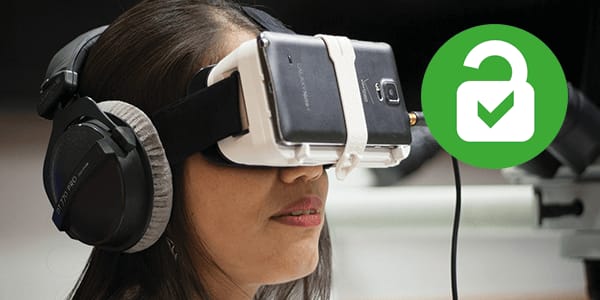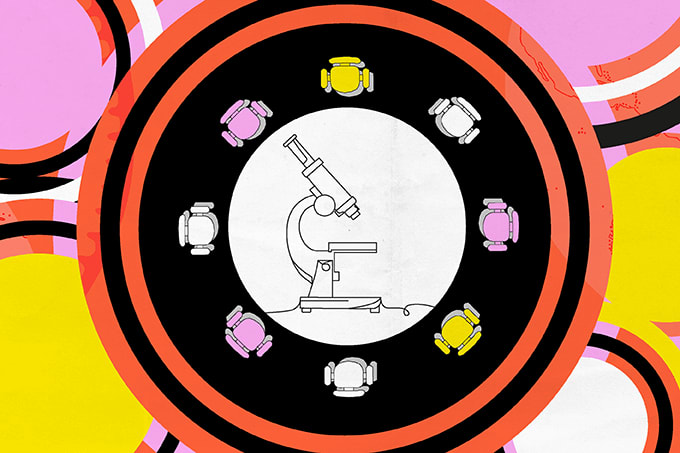
Pathology is at a pivotal moment as it faces both tremendous opportunity for growth and a growing workforce crisis. With advances in diagnostic tools, the complexity of cases is rising, while the number of pathologists globally is insufficient to meet the demand. This imbalance is felt acutely across healthcare systems, with delays in diagnoses, increased workloads, and a growing pressure to maintain quality patient care. But there is a solution that could be more robustly embraced: expanding the role of pathologists’ assistants (PAs).
PAs have long been vital contributors to anatomic pathology labs, handling specimen grossing, autopsy procedures, frozen sections, and other technical tasks. However, the potential for PAs to do much more – especially in the face of the ongoing pathologist shortage – remains largely untapped. Though this idea might stir controversy in some circles, it is an approach that several progressive institutions are already successfully exploring. I believe it is not just practical but essential for the future of our field.
A shifting landscape
Over the last decade, the scope of responsibilities for PAs has gradually evolved. Initially, PAs were primarily responsible for technical duties, such as grossing specimens and assisting with autopsies. However, several institutions have moved toward a more comprehensive use of PAs that might be described as “pathologist extenders” – incorporating responsibilities once considered the exclusive domain of senior residents and fellows. These include reviewing slides, ordering initial immunohistochemical stains, and even writing preliminary diagnoses.
This shift has led to improved efficiency in many labs, allowing pathologists to focus on the most complex cases that demand their full expertise. By extending the PA role, the pathology team can work more efficiently, ensuring that cases move through the pipeline more quickly, without sacrificing quality. Pathologists still maintain final review and sign-out authority, ensuring diagnostic integrity, but PAs can augment their efficiency by handling some of the preliminary work.
We are already seeing this change take hold across many disciplines in pathology. In forensic settings, responsibilities of PAs can now include reviewing social histories and conducting examinations, collecting forensic evidence critical to criminal investigations, and drafting preliminary reports. In academic institutions with research and innovation centers, partnerships with anatomic pathology laboratories are becoming more common. These collaborations often fund research PA positions aimed at increasing the procurement of fresh specimens destined for both diagnostic purposes and research. This growing trend highlights how PAs are instrumental in ensuring that research needs are met without compromising the diagnostic integrity of patient specimens.
Addressing the controversy
Despite the many benefits, there are understandable concerns about expanding the role of PAs. Pathologists may worry about the potential erosion of their authority or the risk of diagnostic errors without their direct involvement at every step. However, these concerns can be addressed through structured supervision and clear delineation of roles.
It is worth noting that this model already exists in the support of allied professionals, such as cytotechnologists, who screen slides and render diagnoses on routine cytology tests like Pap smears. Similarly, in clinical settings, physician associates work very similarly to physicians – they see patients, order diagnostic tests, and prescribe therapeutic interventions, truly extending the capabilities of their supervising doctors.
I would argue that we are doing a disservice to pathologists by not allowing them the same structure that could maximize their time and efforts on tasks requiring their full focus and expertise. Expanding the role of PAs in the pathology lab offers an opportunity to build a similar support framework, ensuring that pathologists can dedicate their attention to the most challenging and critical aspects of their work.
Some argue that expanding the role of PAs may lead to an over-reliance on non-physicians in diagnostic decision-making. But with adequate training, mentorship, and supervision, PAs can act as an extension of the pathologist’s knowledge and expertise, ensuring that the highest standards of patient care are maintained. The current shortage of pathologists is not going away any time soon; if we do not adopt innovative solutions, the strain on labs will only intensify.
PAs are a highly educated, yet underutilized resource in anatomic pathology labs. With the right training, support, and oversight, PAs can take on more responsibilities, improve lab efficiency, and help bridge the gap left by the shortage of pathologists. This model is not about diminishing the role of the pathologist; it is about using the full capabilities of every team member to provide the highest level of care.




